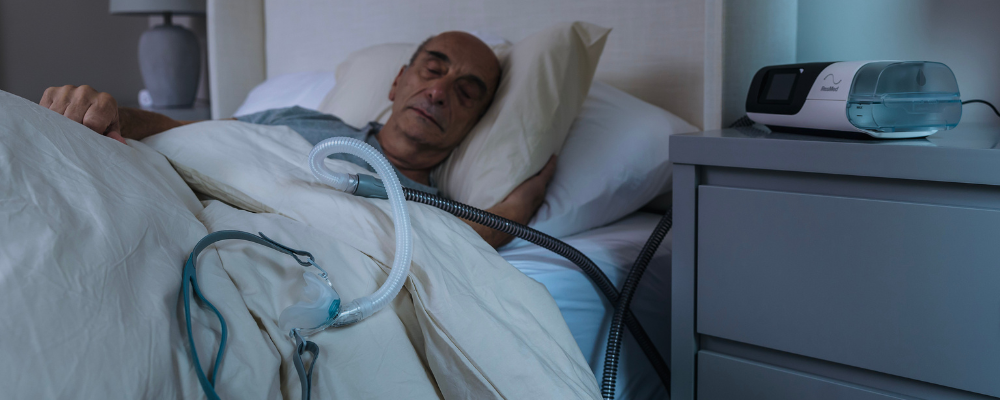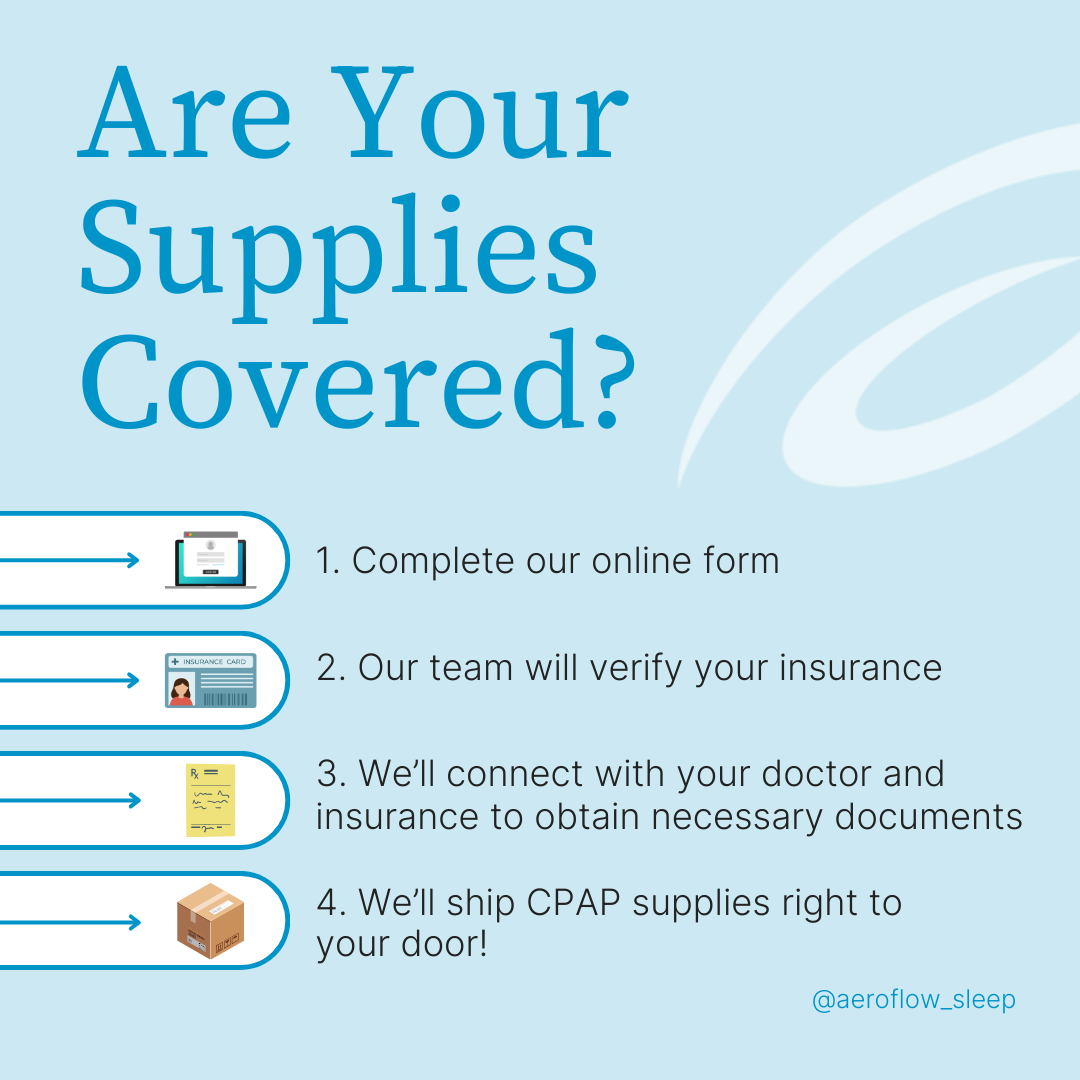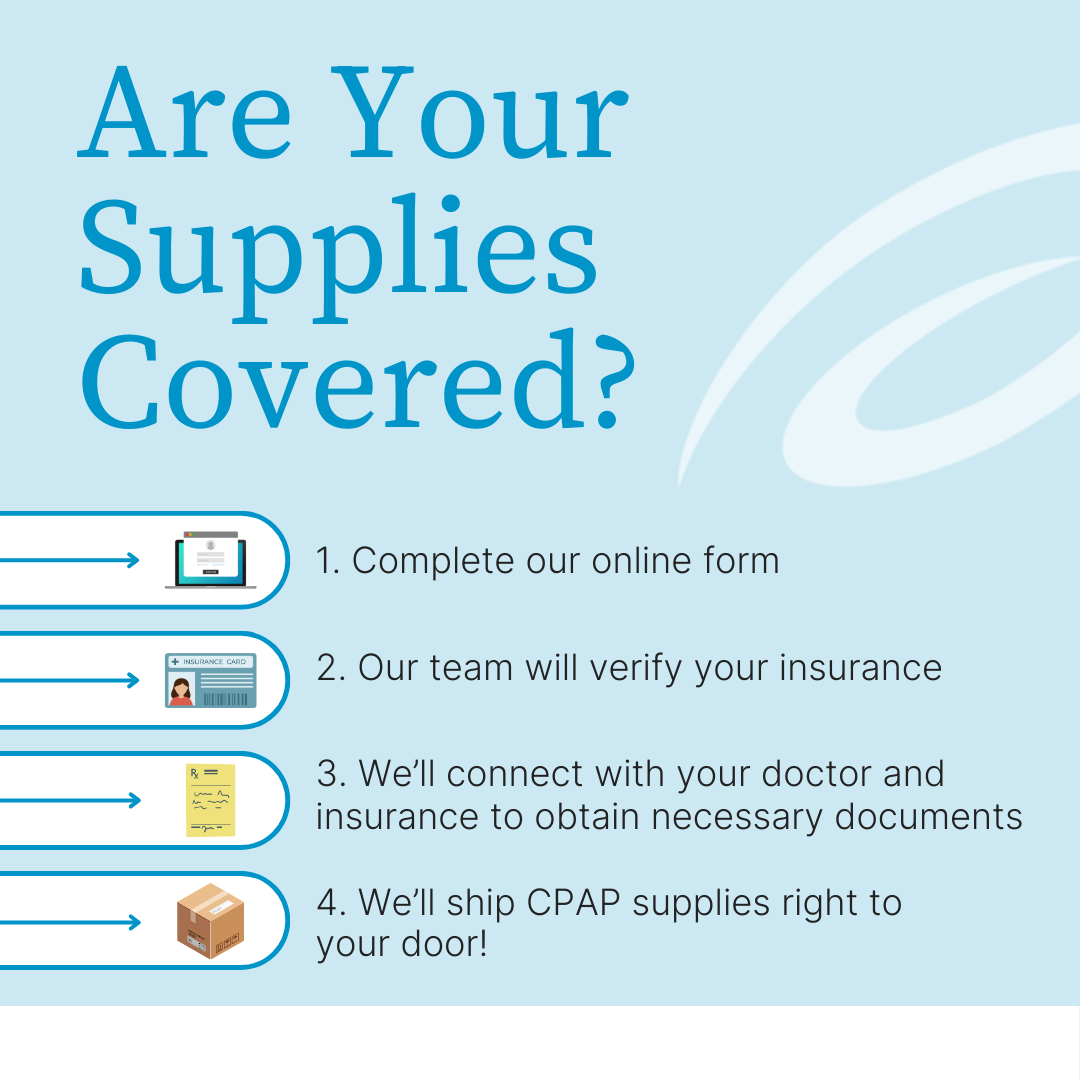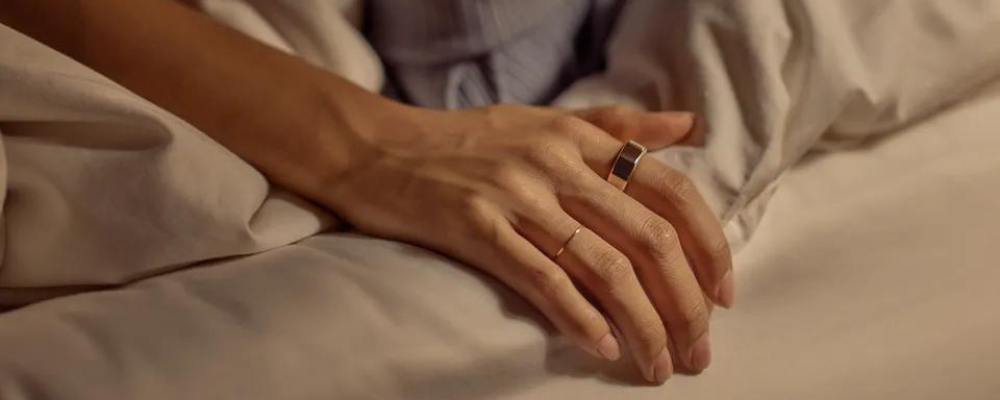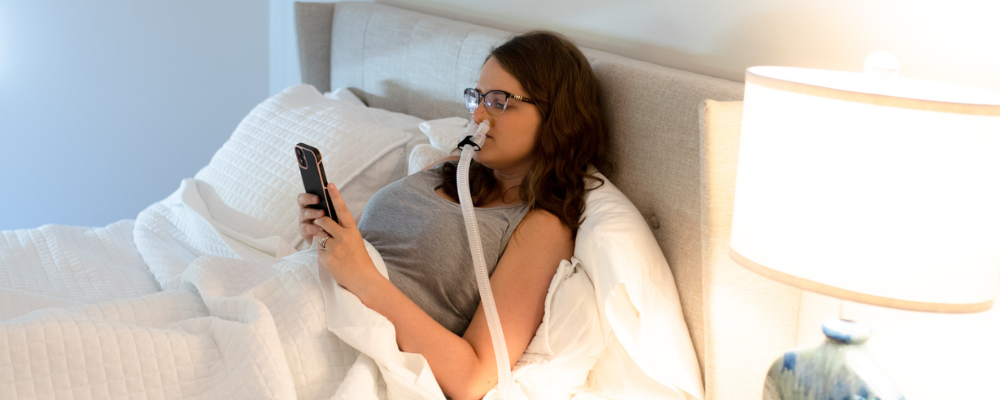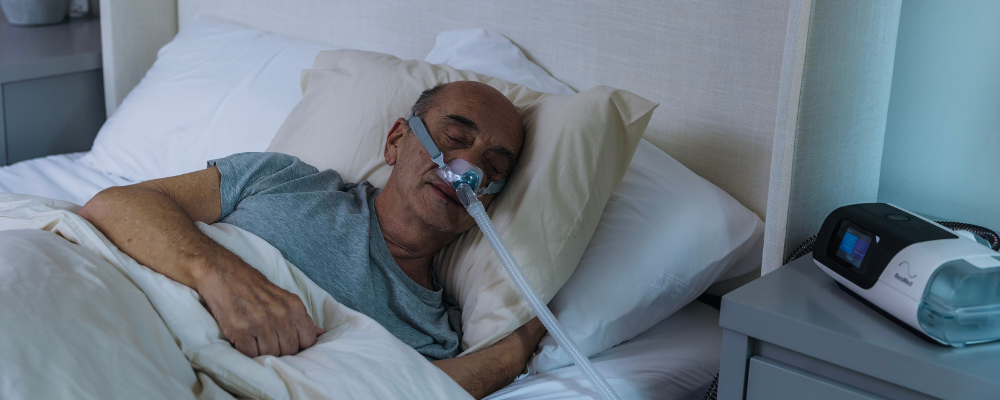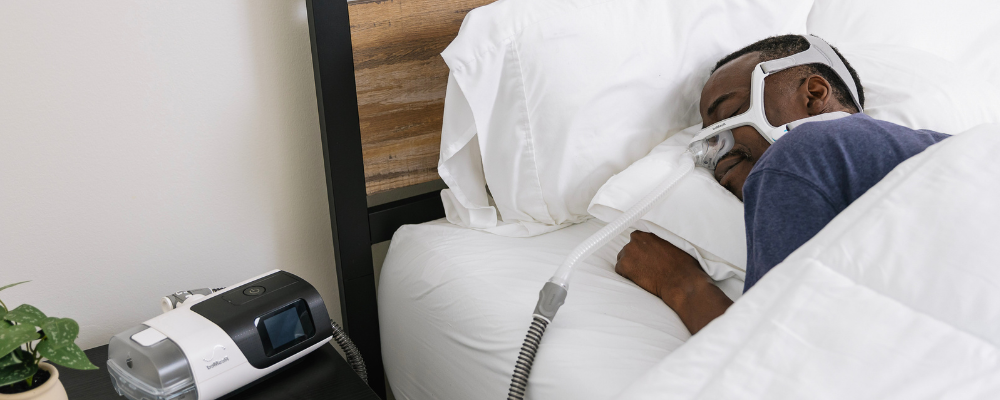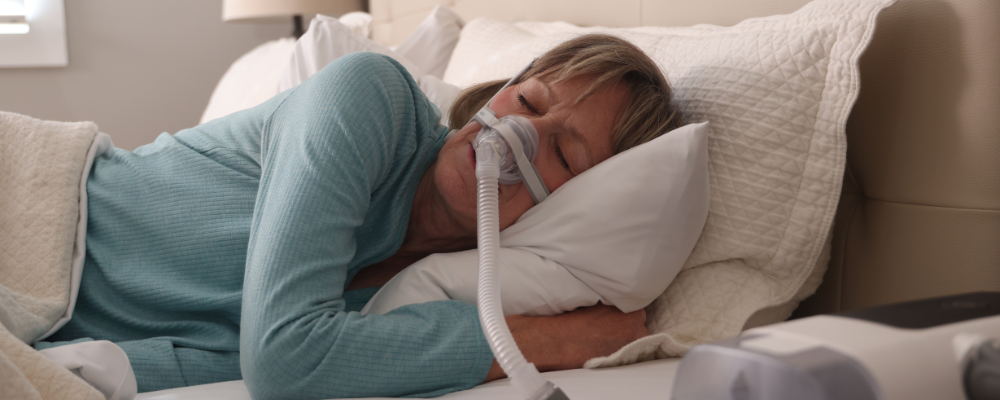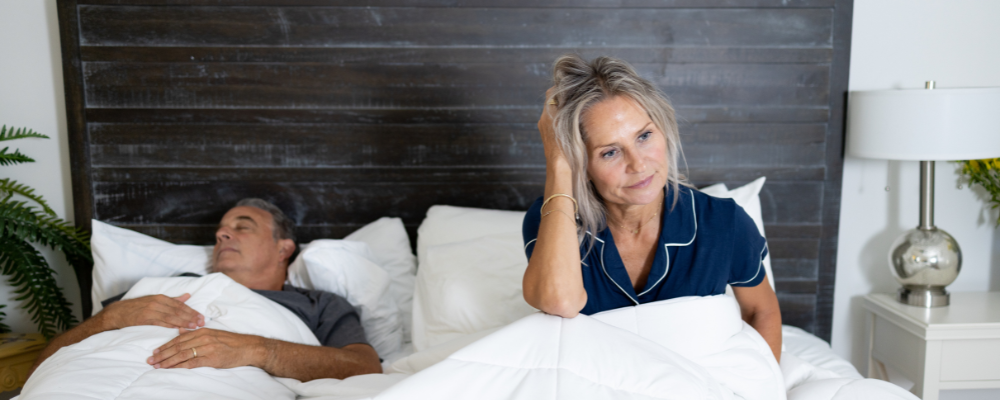Getting used to CPAP can take a little practice. If you are taking your CPAP mask off during the night, then you aren’t receiving proper treatment. This can be detrimental, especially if you are brand new to CPAP, because you have to use your CPAP equipment a minimum amount in order for your insurance to pay for it.
But how do you stop yourself from removing it during your sleep? It’s easy; Kimberly Allen, an Aeroflow Sleep Respiratory Therapist, once recommended 5 simple ways to keep your CPAP mask on all night. Now, please refer to this updated list, as it has been modified to better serve today’s patients.
Why Does Wearing My CPAP Mask All Night Matter?
Before we take a look at each recommendation individually, ask yourself why wearing your CPAP mask all night matters. Sleep apnea is a common sleep disorder that either alters or pauses your breathing while asleep. There are 3 types of sleep apnea, and obstructive sleep apnea (OSA) is the most frequent diagnosis. OSA happens when that breathing pattern alters, because soft tissue is preventing the air from reaching your lungs. Sometimes, this is due to thick throat muscles, enlarged tonsils, or even the way your tongue sits in your mouth. CPAP treatment is the best way to tackle OSA.
For Proper CPAP Treatment
You have a CPAP, because you need it to effectively treat your sleep apnea. CPAP stands for continuous positive airway pressure, and CPAP machines work by delivering the air pressure your body needs to mentally and physically rest during the night. If you take your mask off during sleep, then the air pressure is not stimulating your muscles (or your brain, in the case of central sleep apnea.) Thus, your health may be put at risk as a result. Plus, you might wake up feeling fatigued. You need to wear your mask for about 6 hours a night for proper rest and a minimum of 4 hours to meet compliance.
For Compliance
In order to have your CPAP supplies covered through insurance, you must remain compliant. Compliance refers to how much you use your CPAP equipment during the night and if it makes a difference for you. This is monitored through data tracking as you use your device.
Medicare has some of the most stringent requirements for coverage. Medicare may cover a 3-month trial for CPAP but will only continue to cover CPAP therapy if your doctor documents, in your medical record, that you meet certain criteria and acknowledges CPAP therapy is helping you. Then, you will meet with your doctor for an evaluation to see if CPAP improved your symptoms or not. If you are found to be noncompliant, Medicare may not cover the cost of your supplies, but you can try again by repeating the new patient compliance steps again. Other private insurance companies have their own standards for compliance, as does Medicaid.
Compliance doesn’t register if your CPAP mask fell off during the night though, so let’s get to the crux of the blog now and answer how to keep yours on all night:
1. Check Out Your CPAP Pressure
In truth, it’s not the CPAP mask falling off but your unconscious self removing it due to discomfort. Sometimes, moving your CPAP mask during sleep can be caused by incorrect pressure settings; the pressure might be set too high or too low.
Mask leaks at high-pressure settings can irritate your eyes, cause a stuffy nose, even dry mouth. It can also make trying to get to sleep or stay asleep impossible. But if it’s too low, air leaks mean you might not be able to pull in enough oxygen while you sleep.
The Solutions:
- Try a different mask! You can stop mask leaks by switching to a full-face mask to help disperse the air pressure over a wider area; this mask style creates a mask seal over your nose and mouth.
- Ask your doctor or Aeroflow Sleep Specialist about adjusting your pressure settings upwards or downwards based on the compliance data from your CPAP machine. Do not adjust your settings on your own, even if you have an APAP machine.
2. See If Your CPAP Mask Fits Correctly
It’s possible your CPAP mask is incorrectly fitted. If it’s too big, it may fall off easily, especially if you are an active sleeper or stomach sleeper; really, if you prefer any sleeping position that isn’t on your back 100% of the night.
The Solutions:
- Adjust your CPAP headgear for a better fit. Your mask should be snug, but you should also be able to fit two fingers through the headgear straps.
- Contact your Aeroflow Sleep Specialist about our advanced, AI mask-fitting technology. It uses 30 data points—including your face shape and sleeping habits—to find the right mask in the right size with no more than a quick picture of your face and a few easy questions. If you’re new to Aeroflow Sleep and would like to try our mask-fitting technology, click here to sign up with your next eligible CPAP order.
3. Stop CPAP Skin Irritation
Alternatively, another reason you may be removing your CPAP mask in the middle of the night if it’s too tight. How you can tell if it’s too tight is if you’re waking up with nose sores or red pressure marks on your face.
The same solutions we already mentioned for a bigger fit can apply for a tight fit too, but that’s not the only reason you may see CPAP skin irritation... You may be having an allergic reaction to either latex or silicone. You may have oily skin. Or, you may have a dirty mask.
If your mask is dirty, it can introduce dust, germs, and other irritants to your skin! Also, if it’s old, it may have cracks in the materials that create the perfect environment for bacteria to flourish.
The Solutions:
- Use a CPAP mask liner to create a soft layer between your skin and the mask cushion.
- Use a mask gel with aloe vera to soothe inflammation.
- Wash your face before bed to reduce the amount of oil on your skin.
- Watch this video to learn how to regularly clean your CPAP parts.
- Call Aeroflow Sleep to order replacement supplies: 866-616-1687.
4. Prevent Nasal Congestion
Remember when we said you may have a stuffy nose as a result of too much air pressure? Well, allergies or frequent colds can prevent you from having a good night’s sleep already. Congestion makes it difficult to breathe if you aren’t a mouth breather, so you’ll naturally want to remove your CPAP mask to “get some air.”
The Solutions:
- Use a CPAP machine with a humidifier to add moisture to the air passing through it.
- Invest in heated accessories; such as heated tubing or a heated humidifier to warm the air that passes through too. These are not generally covered by insurance.
5. Don't Feel Claustrophobic
Removing your CPAP mask during sleep can be attributed to the feeling of claustrophobia, especially for newer CPAP users. You may feel strapped in, suffocated, or that your mask is too tight during the night when it actually isn’t. These feelings tigger a primitive fight response, so you might subconsciously free yourself during the night to relax.
The Solutions:
Wear your CPAP mask before bed and during naps to get used to it.
Wear your mask during relaxing activities; such as reading or watching TV.
Switch from a full-face mask to a mask that has less contact with your skin; like a nasal mask or nasal pillow mask.
Still Having Trouble?
Then contact us! It can be a little difficult to pinpoint exactly why you remove your CPAP mask during sleep, but Aeroflow Sleep will be more than happy to help. We can discuss your type of mask, sleep apnea symptoms, and more to help find a solution. And don’t forget; we’ll verify that you’re eligible for CPAP equipment through insurance with every order.


